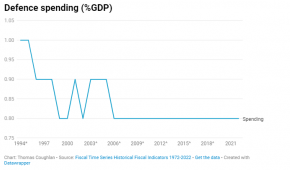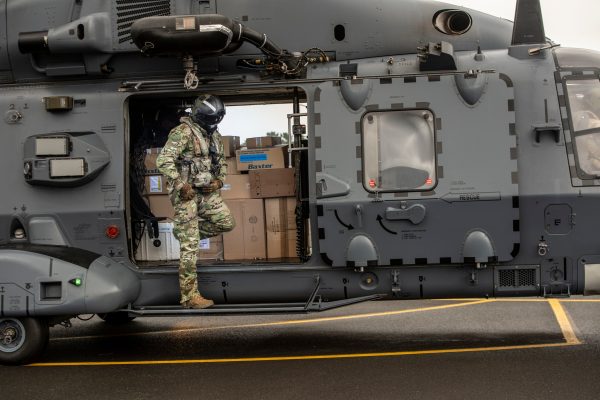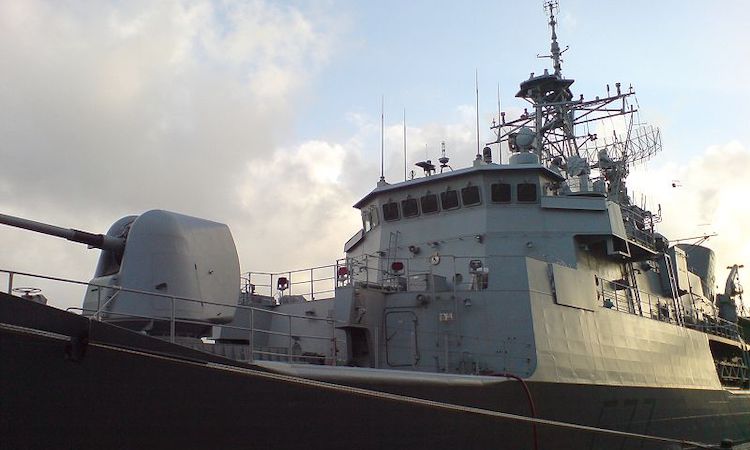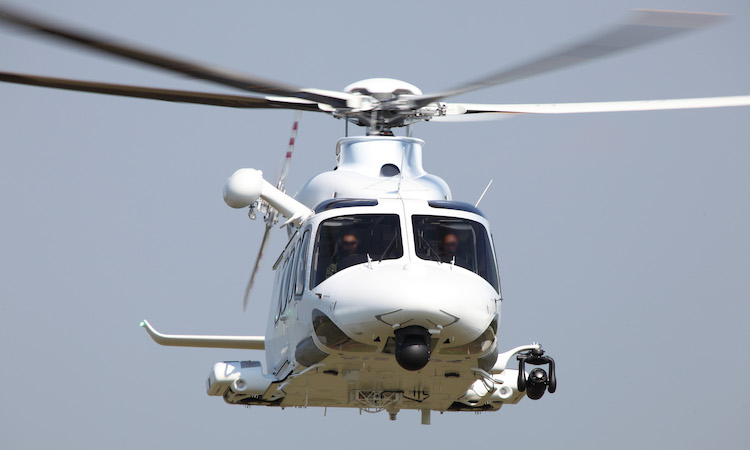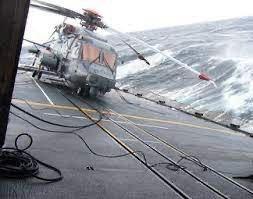recce.k1
Well-Known Member
"Again, no seems to be answering my questions just spouting theories of days gone by."Again, no seems to be answering my questions just spouting theories of days gone by.
What are we doing with this squadron of jets in NZ? This extra frigate? These MBTs? (Was that on the wishlist?). I'm actually not the one quoting fighting capablity, you are, I'm the one asking what for remember? And all I've gotten so far is, China Bad.
I've never suggested an invasion of NZ with regards to my thoughts on defence matters (I mean if an invasion was real possibility, we would be talking of WW2 levels of mobilisations eg CMT, homeland forces, more brigades and maybe divisions ... not simply a hypothetical 3rd light infantry battalion to sustain the current two, and in lieu of stretching the Reserves, which still stretches the Regulars, as per current policy. And more of everything else)!
So in that context:
"What are we doing with this squadron of jets in NZ?"
In past times (prior to jets) to defend NZ's maritime approaches. Since the introduction of jets in the 1950's (and into the 1960's) one can argue they became became part of the Govt's foreign policy toolbox eg Vampires deployed to the Mediterranean and Venoms/Canberras to Malaya/Singapore to primarily support UK foreign policy objectives (similarly RNZAF strike pilots to join USAF units in Vietnam, rather than the then obsolete Canberra which was vulnerable to SAM threats). That the then upgraded Skyhawks weren't used (but were considered) for GW1 and East Timor, was a political decision, rather that of the aircraft (or the squadron) lacking capabilities (so in other words just when the aircraft were finally capable for their time the pollies didn't prioritise them).
But to today. My view is it would be a mistake to seek up to $6b for new "jets". Because a) time it takes to regain proficiency (waste of scarce funding for an expensive capability when at the "crawling" stage; b) would only fund one squadron (need at least two or three squadrons to sustain operations - as per the original postwar plan); c) becomes a foreign policy tool for the pollies to misuse (and probably fail due to lack of additional high investment to sustain complex operations).
I would rather suggest instead second-hand aircraft either leased or bought to fulfil this "crawl" stage (lease and operational costs guestimate <$100m/year which is totally affordable (even if it were double that amount or and then some). End game, in 10 years (if not sooner if contracting out services and training), provision for at least a second squadron if deemed needing ramping up at the mid-point stage due to the state of the "international situation". Endgame late 2020's/2030's - now that we can crawl, walk and start to run does the international situation warrant an investment of 5th gen aircraft? If so thank goodness we have spent the last several years rebuilding the capability!
But what if the international situation doesn't warrant new capabilities? (Unlikely IMO, very unlikely). But let say it doesn't, great, NZ has appropriate level of capabilities not so much defend both its territorial and Realm territories (which it will be tasked with) but to ensure it has the skillsets in place to expand if necessary if the international situation atrophies.
But back to today, apart from training what will these (2nd hand) aircraft do? Well they will form a crucial part of a systems of systems, they will allow the P-8A Poseidon's to work with (train with) fast-air maritime strike capabilities (for when P-8's deploy overseas to slot into allied/coalition settings). They will allow the P-8's to vector in maritime strike (like how the P-3's and A-4's worked together). They will work with/train with the RNZN naval combat force to both "attack" and "defend" them to further enhance naval critical skillsets. They will work with the SAS and Army (JTAC) for further training and competencies.
I think what I'm saying is consistent with the likes of Rob C's views (and with Rob being ex-RNZAF his views ares well qualified).
"This extra frigate?"
a) to better sustain the two we already have including for deployments (if any service is on a near constant or "call up" war-footing it is the Navy/Frigates) ; b) to help give Navy additional resilience i.e. strength of numbers of assets and personnel, is a quality in itself (sorry have gone mind-blank over expressing this coherently, but you'll get the drift); c) presence; d) lessons learnt from WW2 where a third light-cruiser was sorely needed; e) realistically not 3 but at least 4 capable Frigates are needed (but I support NG's suggestions on considering a hi/low mix, so could be 3:3 or 3:4 etc (rather than 4:0, or 5:0 etc).
"These MBTs?"
Not sure if anyone is actually suggesting MBT's but I've noticed some others like myself (NG for example) is supportive of FSV's or another similar capability to give the light infantry extra "punch" and protection. Have suggested something "light" to assist with deployment and operations within the wider Pacific region.
I also realise with discussions with you last year that such a new (or restored) capability is easier said than done because the key issue will be ensuring having enough trained and qualified crews and support (really appreciated that discussion as I learnt from it eg that would also apply to any other suggestions such as acquiring SPH's and such like i.e. it would need a sustained and supported commitment from Govt (funding for pers. etc) as well as time, to see successful transition and on going sustainment).
Now another good case you brought up last year was there may not be a real need for a FSV type platform anymore as there are plenty of turreted LAV's available (plus employment/deployment contexts need to be taken into account), since that discussion the Govt has sold 22 LAV (with 8 parked up) so we are practically back to M113 numbers. In your opinion (and with the defence review in place, recognising greater international competition and challenges to the rules based order) could we (hypothetically) look at increasing Army capabilities, if so, where should they be?

